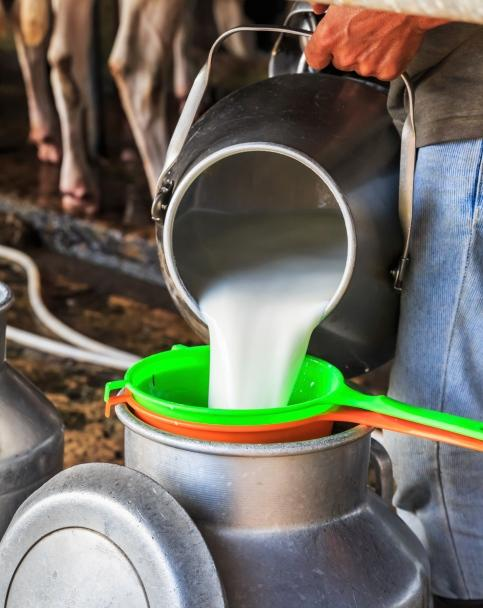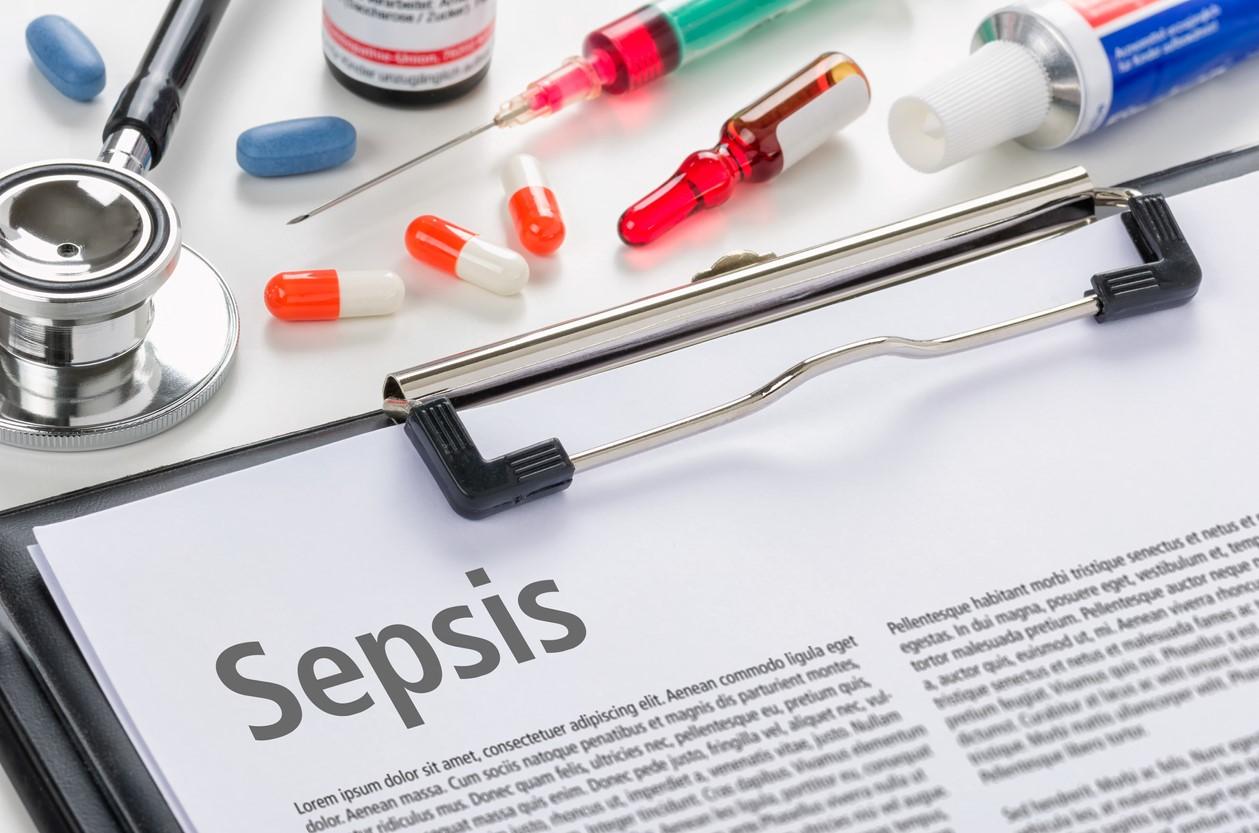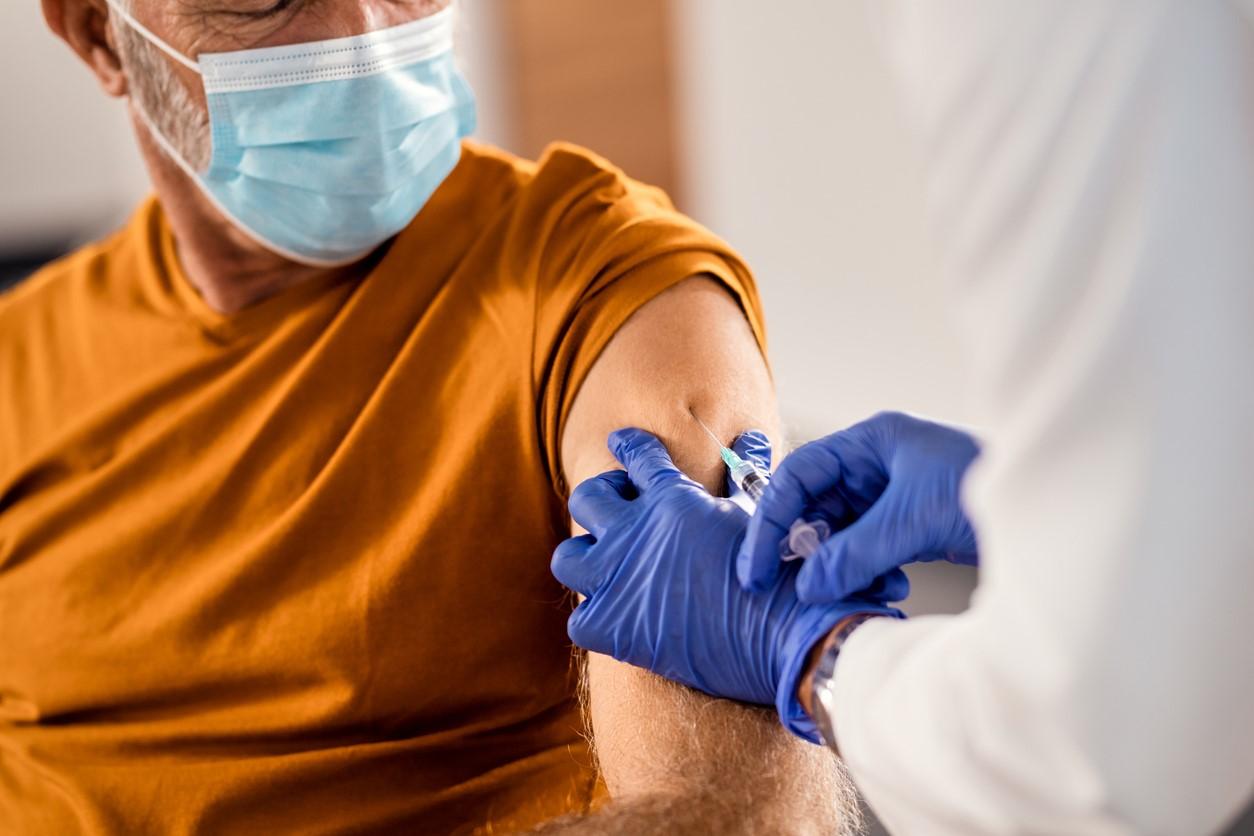
UK researchers report that industry-standard pasteurization inactivates influenza A viruses (IAVs) in milk, according to a study posted late last week on the preprint server medRxiv.
A team led by University of Edinburgh researchers tested whether pasteurization could neutralize the infectivity of human and avian IAVs, as well as an influenza D virus that naturally infects cattle and recombinant IAVs with contemporary avian or bovine H5N1 glycoproteins. To do so, they heated the milk to 63°C [145°F] for at least 30 minutes and 72°C [162°F] for 15 seconds.
"In late 2023 an H5N1 lineage of high pathogenicity avian influenza virus (HPAIV) began circulating in American dairy cattle," the authors noted in the study, which has not yet been peer-reviewed. "Concerningly, high titres of virus were detected in cows' milk, raising the concern that milk could be a route of human infection."
Raw milk could contain flu viruses, other pathogens
"At both 63°C and 72°C, the infectivity of all viruses was rapidly lost, dropping by orders of magnitude in seconds and falling below the limit of detection well in advance of the minimum times required for milk pasteurization," the team wrote.
We conclude that industry standard pasteurisation conditions should effectively inactivate H5N1 HPAIV in cows' milk, but that unpasteurised milk could carry infectious influenza viruses.
To test whether wild-type H5N1 AIV in particular is susceptible to pasteurization, the team added the virus to raw milk to ascertain its infectivity. After being subjected to heat, only genetic material—not infectious virus—was detected in the milk.
"We conclude that industry standard pasteurisation conditions should effectively inactivate H5N1 HPAIV in cows' milk, but that unpasteurised milk could carry infectious influenza viruses," the researchers concluded. "We therefore caution against the consumption of raw milk that could be contaminated with bovine IAV because of the risk of consuming infectious virus, in addition to its established risk for infection with other viral and bacterial pathogens."













